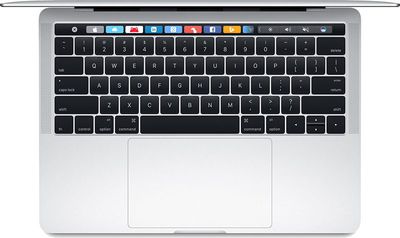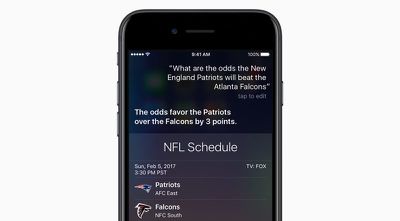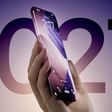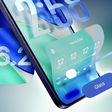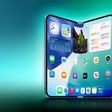Apple today announced financial results for the first fiscal quarter of 2017, which corresponds to the fourth calendar quarter of 2016. For the quarter, Apple posted revenue of $78.4 billion and net quarterly profit of $17.9 billion, or $3.36 per diluted share, compared to revenue of $75.9 billion and net quarterly profit of $18.4 billion, or $3.28 per diluted share, in the year-ago quarter. Both revenue and earnings per share were company records in what is traditionally Apple's strongest quarter due to the launch of new iPhone models.
Gross margin for the quarter was 38.5 percent compared to 40.1 percent in the year-ago quarter, with international sales accounting for 64 percent of revenue. Apple also declared an upcoming dividend payment of $0.57 per share, payable on February 16 to shareholders of record as of February 13.
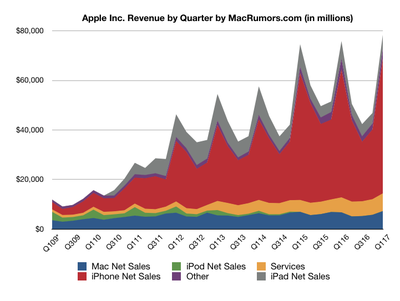
Apple sold a record 78.3 million iPhones during the quarter, up slightly from 74.8 million a year earlier, while Mac sales rose slightly to 5.4 million units from 5.3 million units in the year-ago quarter. iPad sales continued their recent declines, falling to 13.1 million from 16.1 million.
“We’re thrilled to report that our holiday quarter results generated Apple’s highest quarterly revenue ever, and broke multiple records along the way. We sold more iPhones than ever before and set all-time revenue records for iPhone, Services, Mac and Apple Watch,” said Tim Cook, Apple’s CEO. “Revenue from Services grew strongly over last year, led by record customer activity on the App Store, and we are very excited about the products in our pipeline.”
Apple's guidance for the second quarter of fiscal 2017 includes expected revenue of $51.5–53.5 billion and gross margin between 38 and 39 percent. Revenue guidance is slightly below analyst expectations.
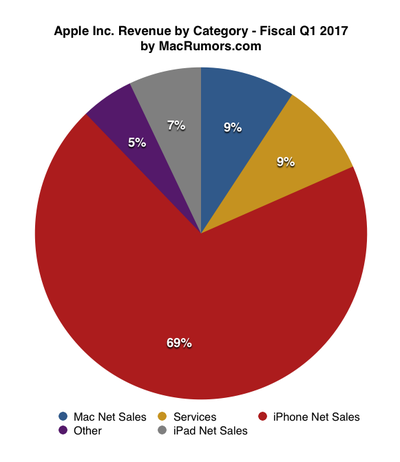
Apple will provide live streaming of its fiscal Q1 2017 financial results conference call at 2:00 PM Pacific, and MacRumors will update this story with coverage of the conference call highlights.
Conference Call and Q&A Highlights are available in reverse chronological order after the jump.
➜ Click here to read rest of article...


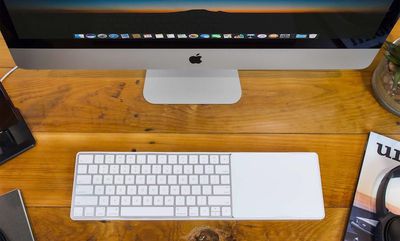
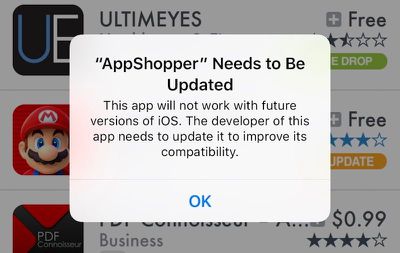
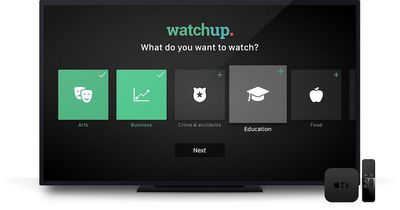

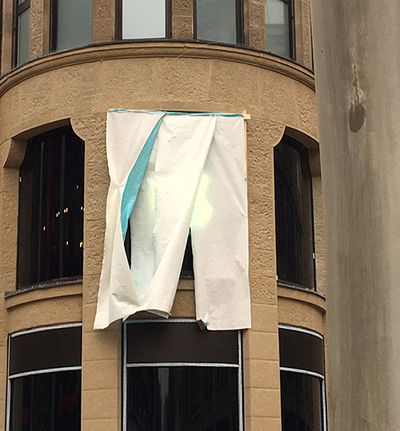

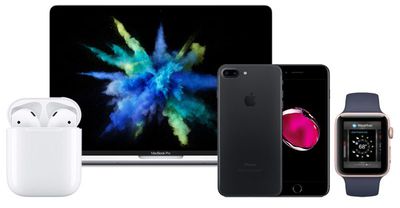
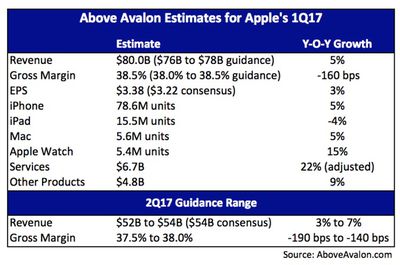
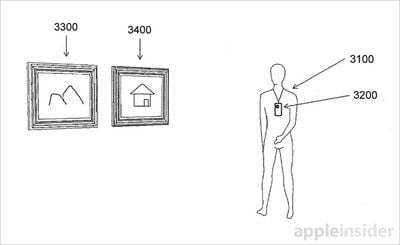

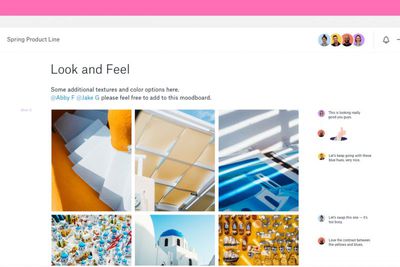
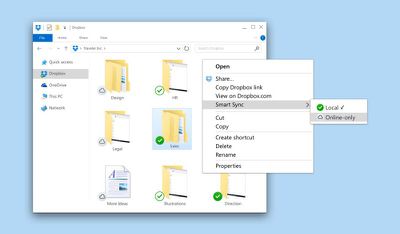
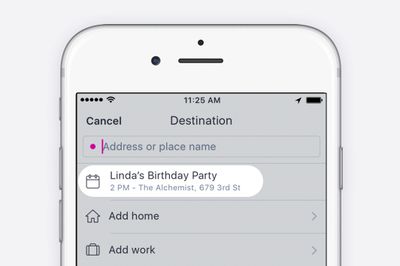

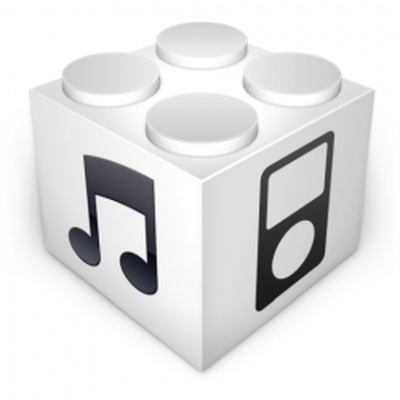 Following the release of iOS 10.2.1 on January 23, Apple has stopped seeding iOS 10.2, the previous version of iOS that was available to consumers.
Following the release of iOS 10.2.1 on January 23, Apple has stopped seeding iOS 10.2, the previous version of iOS that was available to consumers.